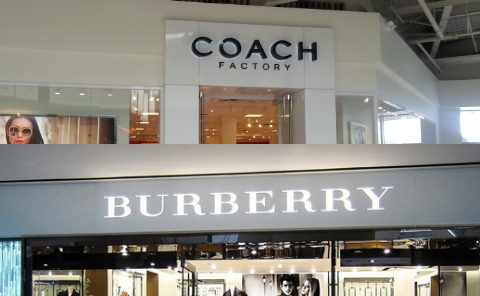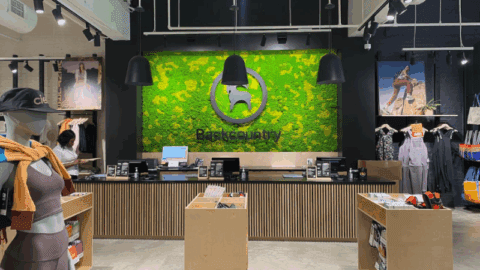Although neither retailer has commented on the speculation and a Reuters report asserted the brands were not in active merger talks, the rumored $20 billion Coach-Burberry merger does cast a shadow over the direction of the luxury vertical as revenue continues to dwindle. The personal luxury goods market is set to grow at 0.1%, its lowest annual rate since 2009, forcing brands to seek new options to recapture that lost revenue, cut operating costs, or both.
The possible pairing of the Coach and Burberry brands wouldn’t be as odd as it may seem upfront, argues Greg Portell, a lead partner in the Consumer Products & Retail practice at A.T. Kearney. For one, the brands already have complementary product lines and are actively targeting different audiences anyway.
“If they stay with their current positioning, where Burberry is trying to go to a much higher-level consumer, having a more entry-level, approachable brand in Coach gives them an opportunity to engage a more mid-tier consumer — with the opportunity to upsell over the lifetime of that consumer,” Portell said in an interview with Retail TouchPoints. “Today, Burberry can’t do that because the only way to access that aspirational consumer is to take the brand downscale. That’s a choice they’ve already decided they’re not going to make.”
Growth Pressures Drive Speculation
The sluggish growth rate of luxury goods is exerting significant pressure within the vertical, which is likely a major contributor to the merger speculation. Both Coach and Burberry have had to answer for these growth issues in the past, in addition to pressures from landlords and mall operators that expect higher returns on rent. Increasing the scale and breadth of their touch points via a merger may be helpful for both brands, but at the same time many of those external growth and supply pressures would remain.
“Luxury brands have this habit of blaming fickle or changing consumers for a lack of growth,” Portell said. “Much of the responsibility falls back on the brands themselves in terms of their marketing and design. Is it that the luxury brands are failing to connect with consumers, or is it that their designs are no longer worth the premium they’re charging? If you go with the latter, then putting the two brands together doesn’t really solve that.”
Mergers Are A Risky Business
Portell highlighted three major risks that would come with this merger, if it ever went through:
-
A forced marriage of management teams could interfere with communications/internal processes;
-
Potential for a culture clash is extremely high, especially as Coach (U.S.) and Burberry (UK) are based in different countries; and
-
Scaring new creative and design talent away from the combined brand, or even increased concern of a talent exodus.
These risks often exacerbate many of the problems already associated with the luxury industry, along with internal and external pressures affecting employees from the executive team down.
“When you are a creative, talent-driven company and you can’t invest in that talent, then you’re not going to last very long in luxury,” Portell noted. “Many of these brands have invested in a lot of systems and technology that really don’t make the product more accessible or real to a consumer, and that has to be re-balanced.”













